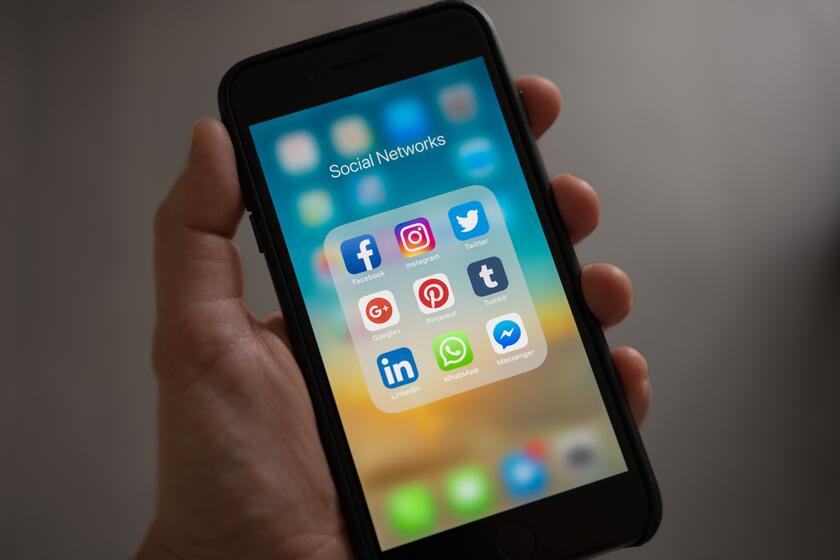You’ve worked hard on your social media pages. They’re a part of your branding, your means of communicating with your fan base, and your ticket to reaching new prospective customers. Having them disappear in a blink of an eye would be detrimental to your business. Are you taking the steps to secure your social media accounts from unwanted hacking attempts? Here are a few simple ways that won’t take much of your time, but could prevent a potential social media disaster.
1) Check your password strength
If you were in a rush when setting up your account and you ended up using a simple password that you vowed to change later (but never have), this is your reminder to use something difficult to guess. Avoid “Password123” and even the name of your pets or children. Instead, use a phrase that can’t easily be guessed. Your high school mascot’s name and your mom’s birth year, with some capitals and special characters thrown in? Nobody’s guessing that on a whim.
Here’s my method to creating a unique password:
Start with a word or two that has significance to you on a personal level, but not necessarily your business. A street you lived on 20 years ago is a good example. The street your business is on is probably not.
Add some numbers and special characters to make this password harder to guess. Yes, you can throw a 123! at the end of your password, but I like to incorporate my numbers and characters right into the phrase I chose. My password idea EdwinStreet has now become 3dw!nStr33t. It’s easier to remember than a string of random characters, because underneath it all, it’s just the name of a street I lived on.
The longer your password, the better. Aim for a minimum of eight characters but don’t be afraid to go longer.
2) Switch it up
It’s not just the strength of your password that helps, it’s also how often you change it. Get in to the habit of changing your password on a regular basis (like quarterly) and if you need to, write the new password down on paper and keep it somewhere in your home that nobody will stumble upon. If it helps you to remember your password, stick with a theme such as street names, characters from your favourite show, yoga poses, beer types, etc.
Lastly, it’s a habit of many of us to use the same password across all of our accounts. It may help ease any potential damage if you can keep a different password across your social media accounts. Here’s a simple trick. Let’s say I wanted to use k3rmitthefr0g as my password, but I want it to be different on Facebook, Instagram, and Twitter. I might capitalize specific letters within the password that are unique to each channel, like so:
k3rmittheFr0g for Facebook
k3rmItthefr0g for Instagram
k3rmitThefr0g for Twitter
Not every word you use for your password root is going to contain these key letters, so unique adding letters or numbers to the end of the password is another option.
3) Opt in for two-factor authentication
One of the biggest steps you can easily take to securing your account is to enable two-factor authentication. On Instagram and Twitter, you can enable it using a number of options including a third-party app or cell phone number. Any attempts to login to your account, whether it’s you, a colleague, or a malicious attempt, will prompt a notification to whichever means you set up. For example, if you use your cell phone number, you or anyone else won’t be able to login until you get a verification code via text. If there’s a very slight inconvenience here, it’s 100% worth the trouble to add a layer of security to your account.
On Facebook, set up two-factor authentication on your personal account to provide that extra level of protection, and make sure anyone else who is an admin on your business page does the same.
4) Don’t fall for phishing
If you receive an email or message from someone who you don’t know, or from an account that is spoofing someone you do know (look closely at the sender’s email), do not click any links or open any attachments.
5) Audit your admins
It’s possible that you may not be the only person with access to your accounts, which is completely normal. On Instagram or Twitter you need a specific login to access a page, but Facebook is a bit different in that personal accounts can be granted access to a business page. Head into the settings every one in a while to make sure you don’t have any former employees or contractors set as admins. If they don’t use your page or are no longer tied to your business, remove them.
Additionally, make sure when you are sharing passwords with your colleagues, that you do it in a secure way. The most secure would be to do so orally or to write it down and give it to your colleagues in person. Avoid sending passwords over emails wherever possible.
Keeping up with your social media security does take a few extra steps and a very small amount of time on a seasonal basis, but it’s crucial to do what you can to prevent a hack. Stay safe and keep being social!
